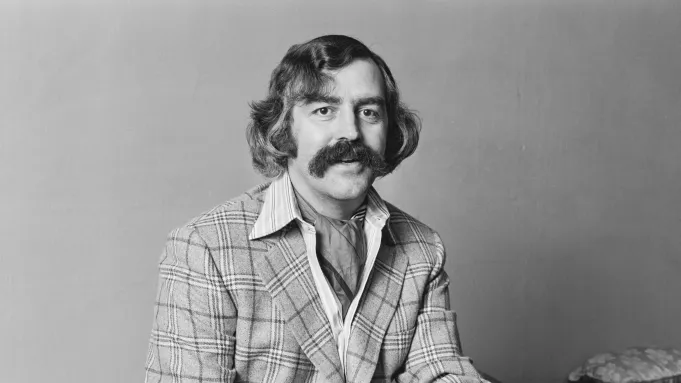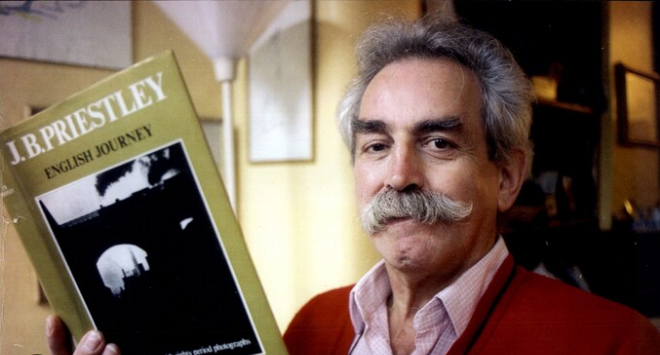Tom Priestley, the esteemed British film editor celebrated for his pivotal contributions to cinematic classics like “Deliverance,” has passed away at the age of 91. His death, which occurred on Christmas Day, has only recently come to light.
Advertisement
Priestley’s remarkable talent was showcased in his work on John Boorman’s “Deliverance,” particularly in crafting iconic sequences such as the gripping dueling-banjos scene and the harrowing “squeal like a pig” attack. His exceptional editing skills earned him an Academy Award nomination and solidified his place as a distinguished figure in the world of film.

In addition to his collaboration with Boorman on “Deliverance,” Priestley lent his expertise to two other notable films directed by Boorman: “Leo the Last” (1970), which garnered the Best Director award at the Cannes Film Festival, and “Exorcist II: The Heretic” (1977).
Advertisement
Throughout his illustrious career, Priestley’s talent transcended genres, as evidenced by his work on a diverse range of films. His editing credits include acclaimed titles such as “The Great Gatsby” (1974), Blake Edwards’ “The Return of the Pink Panther” (1975), “That Lucky Touch” (1975) featuring Roger Moore, the star-studded “Voyage of the Damned” (1976), and Roman Polanski’s “Tess” (1979).
Born on April 22, 1932, in London, Priestley’s passion for cinema was ignited during his time at Cambridge University, where he attended screenings hosted by legendary film critic Leslie Halliwell at the Rex Cinema in Leytonstone.
In a fascinating nod to his father’s legacy, Priestley’s early career in film began with notable projects like “Dunkirk” (1958), directed by Leslie Norman, where he served as the second assistant sound editor. He further solidified his reputation by working as a sound editor on Polanski’s first English-language film, “Repulsion” (1965).
Tom Priestley leaves behind a legacy of cinematic excellence, his contributions forever etched in the annals of film history.


Leave a Reply